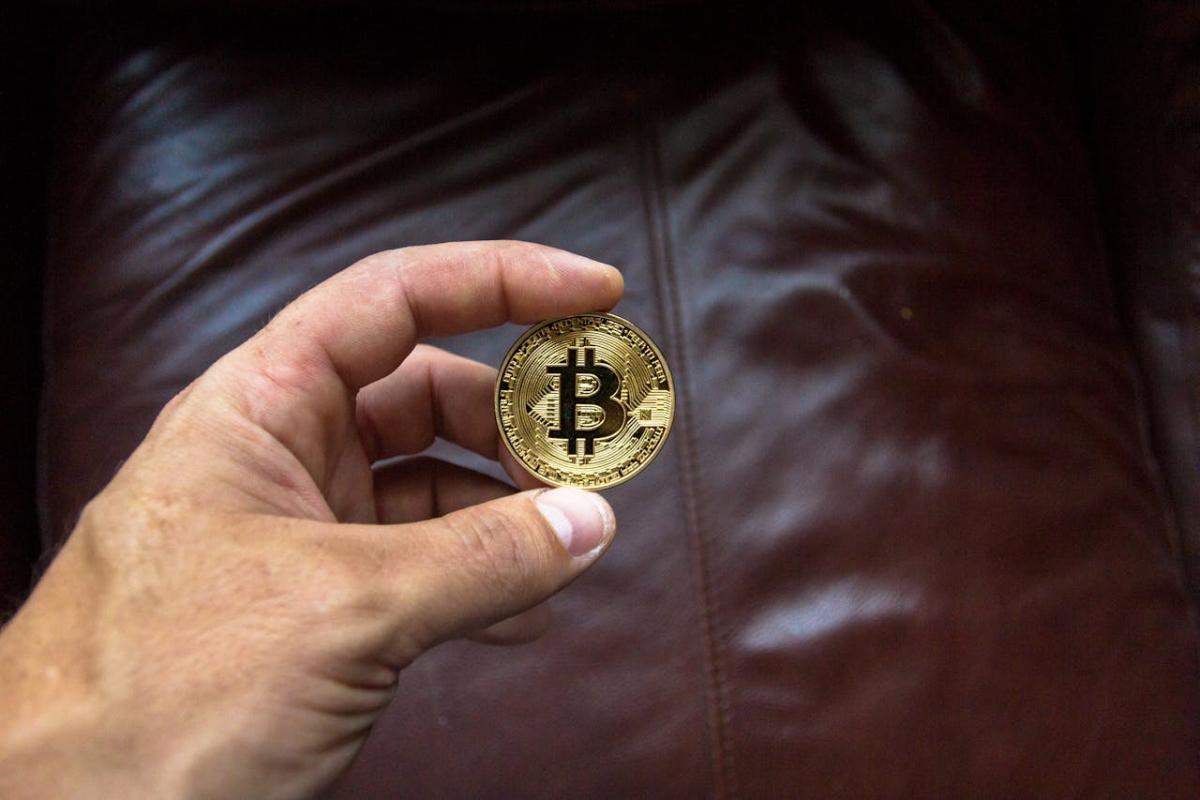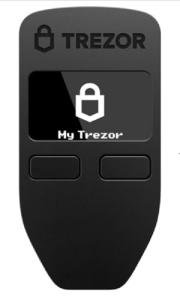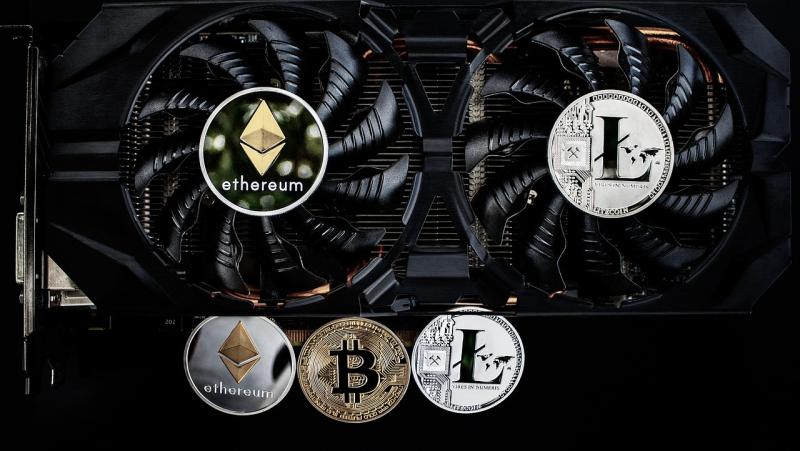What is the Trezor Model One?
The Trezor Model One (also just “Trezor One”) is one of the earliest hardware wallets for cryptocurrencies. Developed by SatoshiLabs (a Czech company), it was launched around July 2014 as the first commercially-available, consumer‐grade device that stored private keys offline.
Its purpose is simple: provide a secure, offline means of storing crypto assets and signing transactions, protecting them from internet-based threats such as hacking, malware, phishing, etc.
Key Features & Specifications
Here are the main features, hardware, and security design of the Model One:
| Feature | Details |
|---|---|
| Display & Input | 0.96-inch monochrome OLED screen. Two physical buttons for confirming transactions, entering PINs, etc. |
| Processor & Internal Hardware | ARM Cortex-M3 processor, running at ~120 MHz.WalletScrutiny+3Trezor+3 |
| Connectivity | Micro-USB for connection to host (computer/device). No Bluetooth, WiFi, NFC, etc. This helps reduce attack surface. |
| Encasing / Build | Plastic (PC/ABS) casing, assembled with ultrasonic welding; no screws, nails, adhesives that could be weak points. Buttons rated for many clickS. |
| Security Features | PIN protection; optional passphrase for extra security; every transaction must be physically confirmed on device. The firmware is open-source.WalletScrutiny+Coin Bureau+3 |
| Backup / Recovery | Seed phrase backup (12 or 24 words). If you lose the device, you can restore using the seed on another compatible wallet. |
| Supported Cryptocurrencies | Supports many popular coins/tokens (Bitcoin, Ethereum, etc). But there are some notable exclusions: e.g. it does not support certain coins like XRP, SOL, ADA, XMR. |
| Certifications & Durability | CE & RoHS certified. Operates in wide temperature range (around -20°C to +60°C) and is “X-ray safe” (useful for e.g. air travel). |
History & Evolution
-
The Model One was the original Trezor device; it was prototyped with simple components (a display, buttons, USB port) and built first for personal use, then extended to wider audience.
-
Over time, Trezor released more advanced models (e.g. Model T, Safe 3, Safe 5) with additional features: touchscreens, support for more coins/tokens, more modern connectors, etc.
Strengths
-
Proven Track Record: It has been in use for many years with ongoing firmware support.
-
Strong Security Design: Hardware isolation of private keys, physical confirmation for every transaction, open source firmware (transparent, auditable).
-
Affordability: Compared to more advanced wallets, it offers a relatively low cost of entry for cold storage.
-
Simplicity: Good for beginners who mainly need secure storage of a few major assets, without all the bells and whistles. Straightforward setup.
Limitations & Trade-offs
-
Lacking in Some Coin Support: As noted, it doesn’t support every coin. For some tokens or newer chains, you might need a more modern wallet.
-
Outdated Port / No USB-C: It uses Micro-USB, which many consider old and less durable than USB-C. No wireless connectivity, no Bluetooth.
-
No Secure Element Chip: Some newer hardware wallets include a secure element (hardware chip dedicated to protecting keys at the hardware level). Model One does not have such; this may have implications for resistance to certain kinds of physical attacks.
-
Smaller Screen, Limited UI Features: The screen and buttons are simple; lacking touch, color screen, possibly less convenient for inspecting complex transaction details.
Is it Still a Good Choice?
In many cases: yes, especially for certain kinds of users. It remains a viable choice under these conditions:
-
If you’re mostly holding well-established cryptos (Bitcoin, Ethereum, etc.) and don’t need support for every new token or chain.
-
If you value security and are comfortable with more minimal hardware (buttons instead of touchscreen, Micro-USB, etc.).
-
If your budget is modest and you want to minimise cost while still getting strong cold-storage protection.
-
For long-term storage (“HODL”) rather than active trading with many token types / NFTs.
However, you might want to consider more modern alternatives if:
-
You want USB-C, or more modern connectors / materials.
-
You need support for many newer chains, tokens, or NFTs.
-
You want a wallet with a secure element or improved defence against advanced physical attacks.
-
You prefer more features (touchscreen, possibly greater usability).
Practical Tips for Using It Safely
-
Always buy from reliable / official sources (manufacturer or trusted resellers). There have been warnings about tampered units when bought from questionable channels.
-
Keep firmware up to date. The Trezor team continues releasing updates, which are important for security fixes.
-
Keep your seed recovery phrase safe and backed up (ideally offline, possibly in fireproof / water-proof medium).
-
Use a passphrase in addition to PIN if higher security is desired.
-
Always verify transaction details on the device screen, not just on the host computer.
Conclusion
The Trezor Model One is a mature, battle-tested hardware wallet. While it lacks some of the newer flair (USB-C, secure element, expansive coin/NFT support), it delivers very strong security for its price. For many users—in particular those wanting a solid, affordable, open-source device for core crypto assets—it remains a sensible and safe choice in.
Trezor Model One Cryptocurrency Hardware Wallet
Keep your crypto safe and secure with this user-friendly hardware wallet
Product information
€49.00
Product Review Score
4.86 out of 5 stars
207 reviewsProduct links




